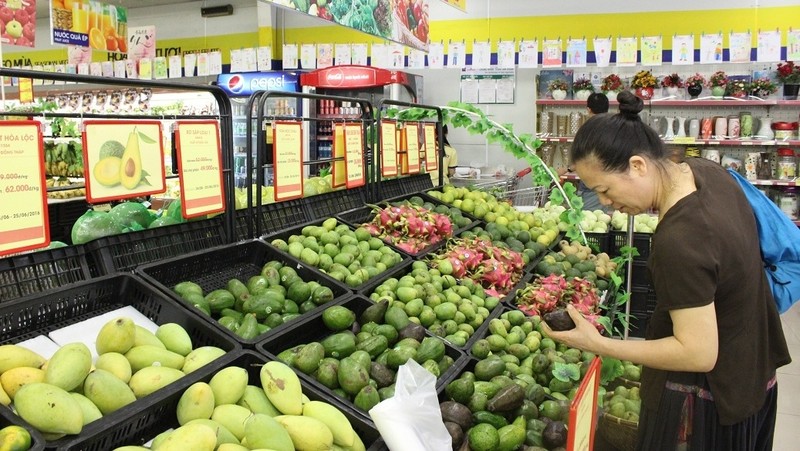Specifically, main forestry products brought in US$1.1 billion, up 9.8%, while seafood earned US$780 million, up 8.4%.
Several agricultural exports with strong growth in the January-June period included rice, vegetables, cassava, shrimp, cinnamon, timber, and bamboo and rattan products.
Six commodities have reported respective revenues of US$1 billion and above, which is a decent result, especially given that the coronavirus pandemic remains complicated both at home and abroad, seriously affecting global trade.
With the EU-Vietnam Free Trade Agreement (EVFTA) coming into force on August 1, many Vietnamese agricultural exports to the EU will enjoy a zero-tariff rate. Currently, many exporters have prepared plans to conquer this market. But uncertainties related to the COVID-19 pandemic are projected to continue hurting Vietnamese exports in the final months of the year.
In addition, along with tariff preferences, there is a growing trend of importing countries putting up technical barriers and trade defence instruments to protect local manufacturing. Therefore, if Vietnam cannot meet such requirements in a timely manner, it is unlikely to benefit from tariff preferences and other market opening measures.
To successfully accelerate exports in the final months of 2020 and beyond, Vietnam needs to exert efforts to deal with the coronavirus pandemic and technical barriers and proactively tap into resources for producing, processing and selling agricultural products.
Special attention should be given to forecasting the demands of importing markets in terms of both volume and type of agricultural products in order to devise an appropriate direction for domestic farmers.
At the same time, continuous efforts are needed to further improve the quality and safety of agricultural products that can fully meet the requirements introduced by importing countries.
















